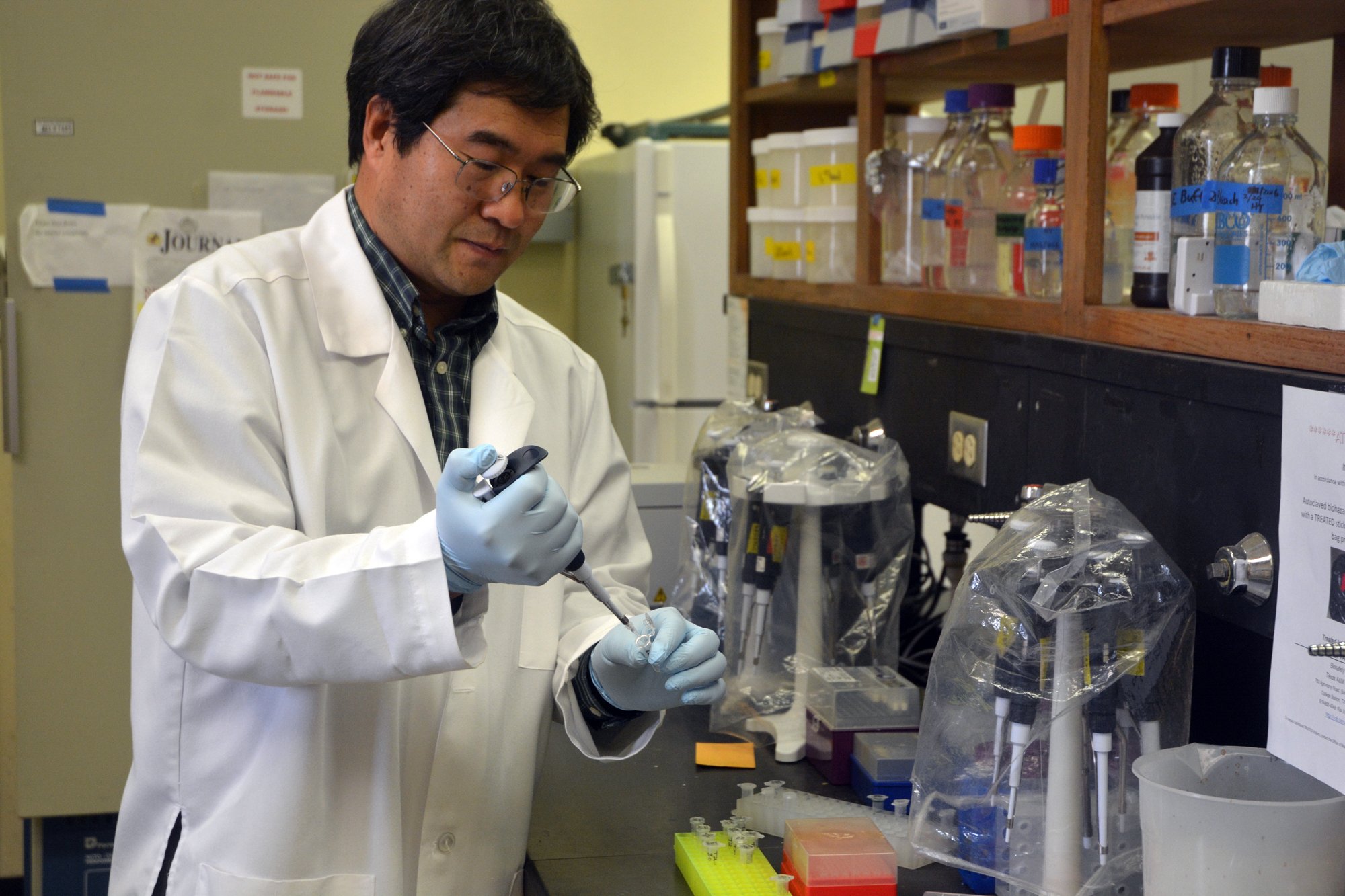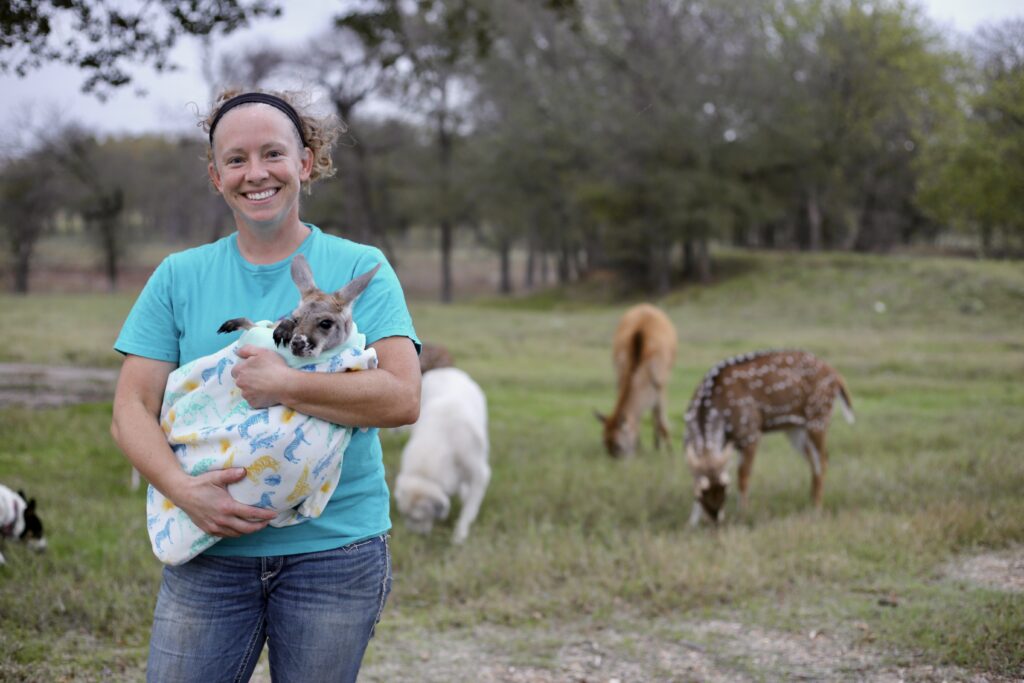Farm & Ranch
[AgriLife Today] Public wheat breeder consortium to be developed by USDA grant

By: Kay Ledbetter
Goal to make dramatic improvements to wheat yields
Writer: Kay Ledbetter, 806-677-5608, [email protected]
Contact: Dr. Shuyu Liu, 806-677-5600, [email protected]
AMARILLO – Texas A&M AgriLife Research’s wheat genetic and breeding programs will have genes in play when a multi-state, multi-agency project establishes a nationally coordinated consortium to advance wheat yields.
The Wheat Coordinated Agricultural Project, titled “Validation, characterization and deployment of QTL for grain yield components in wheat,” is a five-year project jointly funded by U.S. Department of Agriculture’s National Institute of Food and Agriculture and International Wheat Yield Partnership.
The first year of funding, $1,696,000, has been released with the following years of funding subject to release based upon continued progress in the grant research.
The primary focus of this consortium of public wheat breeders, molecular geneticists, high-throughput genotyping laboratories, database experts and educators will be on increasing wheat yields.
Developers of the project said surveys of state wheat-grower associations have repeatedly shown grain yield is the main priority for producers and the main determinant of their profits. Increases in kernel weight will also benefit grain millers, because this trait is highly correlated with increases in flour yield.
The project will be led by the University of California-Davis and include most university-based and USDA-Agricultural Research Service public wheat breeding programs.
Contributing to the major effort to improve wheat yields dramatically over the next decade from AgriLife Research will be wheat geneticist Dr. Shuyu Liu, Amarillo, and wheat breeders Dr. Amir Ibrahim, College Station, and Dr. Jackie Rudd, Amarillo.
“AgriLife Research’s TAM 111 is currently the most planted hard red winter wheat cultivar in the U.S., and its derivatives have been used in many wheat breeding programs,” Liu said.
The project will allow the TAM wheat breeding team to hire a doctoral student to follow through on genetic testing of TAM 111, he said. The student will deploy a variety of techniques to identify and study the functionality of candidate genes for the major quantitative trait loci, or QTL, identified in TAM 111 for higher yield.
“Since TAM 111 and its derivatives have been used in many wheat breeding programs as parents, the knowledge will be very helpful for wheat breeders,” Liu said.
The project was developed because increases in the global wheat production required to feed a growing population is currently hampered by limited knowledge of the genes controlling wheat yield. Identification of these genes is a necessary first step to understand how they interact and shape the pathways that regulate yield.
Genetic variations of grain yield and its components can be used to identify candidate genes, such as those in TAM 111, and the use of new genomic tools will provide a unique opportunity to clone the underlying genes, Liu said.
The U.S. scientists will partner with International Wheat and Maize Improvement Center, or CIMMYT, researchers to transfer these underlying genes into wheat lines from CIMMYT in Mexico to be used to improve varieties worldwide, he said.
The group also identified a long-term constraint to future increases in wheat production in the U.S. as the limited number of trained plant breeders. This project will train 15 doctoral students in plant breeding, integrating field, laboratory and bioinformatics skills, including the one with AgriLife Research.
According to the project outline, public breeding programs within the universities are essential to providing plant breeding students with integrated training, including field and laboratory experiences. Centralized workshops will allow doctoral students to benefit from the collective group expertise.
Additional expected research outcomes include finding perfect markers for genes regulating grain yield components and develop genotypic and phenotypic information for a large number of breeding lines organized in a database to serve wheat breeders worldwide.
-30-
Farm & Ranch
Managing Show Cattle Through The Winter

By Heather Welper
Husband and wife duo, Heather and Calvin Welper, are the Co-Owners and Operators or Two C Livestock, located in Valley View, Texas.
The pair’s operation has a show cattle focus where they raise and sell purebred heifers of all breeds and club calf Hereford steers.
When it comes to show cattle, the Welpers know a thing or two including how to prepare for the cold winter months and the Texas major show season run.
To read more, pick up a copy of the November edition of North Texas Farm & Ranch magazine, available digitally and in print. To subscribe by mail, call 940-872-5922.

Farm & Ranch
Double M Ranch & Rescue

By Hannah Claxton, Editor
As the sun rises each day, so do the dozens of mouths that Meghan McGovern is responsible for getting fed. Rather than the sounds of a rooster crowing, McGovern hears the bellows and bleats of a variety of exotic deer, the chortle of kangaroos, the grunts of water buffaloes, and the chirps of a lemur.
Nestled against the banks of the Red River, the Double M Ranch and Rescue, with its high game fences and deer sprinkling the landscape,s its in stark contrast to the surrounding ranches.
“Having deer is kind of like eating potato chips- you can never actually have just one,” said McGovern with a laugh.
McGovern has several herds to take care of- fallow deer, axis deer, water buffalo, goats, and bison. In smaller numbers, there’s also a few kangaroos, a lemur, a potbelly pig, a pair of zebras, a watusi, and a few horses.
To read more, pick up a copy of the November edition of North Texas Farm & Ranch magazine, available digitally and in print. To subscribe by mail, call 940-872-5922.

Farm & Ranch
Acorn Toxicity

By Barry Whitworth, DVM, MPH
With the prolonged drought, most pastures in Oklahoma end up in poor condition. With the lack of available forage, animals may go in search of alternative foods.
If oak trees are in the pastures, acorns may be a favorite meal for some livestock in the fall. This may result in oak poisoning.
Oak leaves, twigs, buds, and acorns may be toxic to some animals when consumed.
To read more, pick up a copy of the November edition of North Texas Farm & Ranch magazine, available digitally and in print. To subscribe by mail, call 940-872-5922.

-

 Country Lifestyles2 years ago
Country Lifestyles2 years agoScott & Stacey Schumacher: A Growth Mindset
-

 Country Lifestyles8 years ago
Country Lifestyles8 years agoStyle Your Profile – What your style cowboy hat says about you and new trends in 2017
-

 HOME8 years ago
HOME8 years agoGrazing North Texas – Wilman Lovegrass
-

 Equine1 year ago
Equine1 year agoThe Will to Win
-

 Outdoor10 years ago
Outdoor10 years agoButtercup or Primrose?
-

 Country Lifestyles5 years ago
Country Lifestyles5 years agoAmber Crawford, Breakaway Roper
-

 Country Lifestyles9 years ago
Country Lifestyles9 years agoJune 2016 Profile – The man behind the mic: Bob Tallman
-

 Country Lifestyles8 years ago
Country Lifestyles8 years agoDecember 2016 Profile, Rusty Riddle – The Riddle Way




